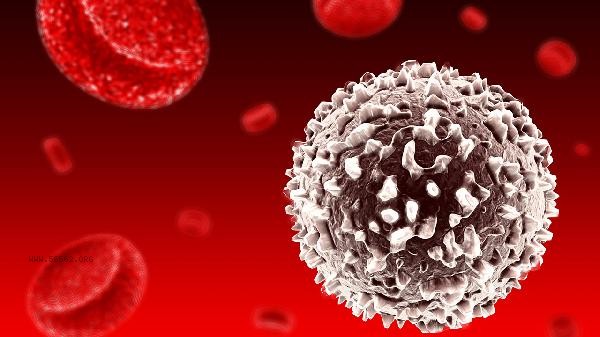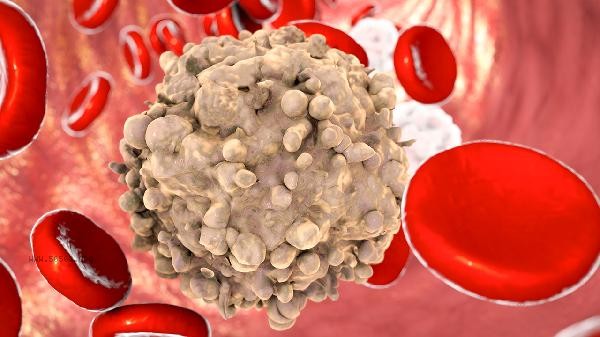The normal range of white blood cell count is usually determined by venous blood routine testing. The measurement methods mainly include preparation before blood collection, venous puncture sampling, automated blood analyzer testing, manual microscopic review, and dynamic monitoring and comparison.

1. Preparation before blood collection:
Before testing, it is necessary to maintain an empty stomach for 8-12 hours to avoid vigorous exercise or emotional fluctuations. Women should avoid the menstrual period, and those taking antibiotics or immunosuppressants should be informed in advance of the recommended blood collection time, which is 8-10 am. At this time, physiological fluctuations are relatively small.
2. Venous puncture sampling:
2ml of elbow vein blood was collected using a standard vacuum sampling tube, and EDTA anticoagulant tubes were used to prevent coagulation. Avoid excessive compression during puncture to prevent tissue fluid from mixing in and affecting the results. Infants and young children can use heel blood collection, and attention should be paid to disinfection standards.
3. Automated analyzer detection:

uses a fully automated blood cell analyzer for five category detection, counting white blood cells through impedance spectroscopy and flow cytometry. The instrument will display the total number of white blood cells and the percentages of various subtypes such as neutrophils and lymphocytes. The reference value for adults is 3.5-9.5 × 10 ⁹/L.
4. Manual microscopic examination review:
When the instrument indicates abnormalities or interference factors, manual peripheral blood smear staining microscopy is required. After Rui's staining, 200 white blood cells were observed under an oil microscope, and the proportions of various types of cells were calculated to identify special forms such as immature cells and atypical lymphocytes.
5. Dynamic monitoring comparison:
A single abnormal detection needs to be rechecked every 1-2 weeks to establish a personal baseline value. Pregnant women, athletes and other special groups should use corresponding reference ranges. During the treatment of infectious diseases, WBC and classification changes should be monitored regularly.

It is recommended to choose a fixed medical institution for daily monitoring of white blood cell values, as there may be systematic errors between different instruments. Avoid high-fat diet and alcohol consumption three days before testing, and press the puncture site for 5 minutes after blood collection to prevent bruising. Long term use of hormone drugs requires regular blood routine check ups, and the reference range standards can be appropriately relaxed for elderly people. The growth and development period of children should be evaluated by age, and the normal value of newborn white blood cells can reach 20 × 10 ⁹/L. When persistent abnormalities occur, comprehensive judgment should be made based on inflammatory indicators such as C-reactive protein and erythrocyte sedimentation rate.








Comments (0)
Leave a Comment
No comments yet
Be the first to share your thoughts!